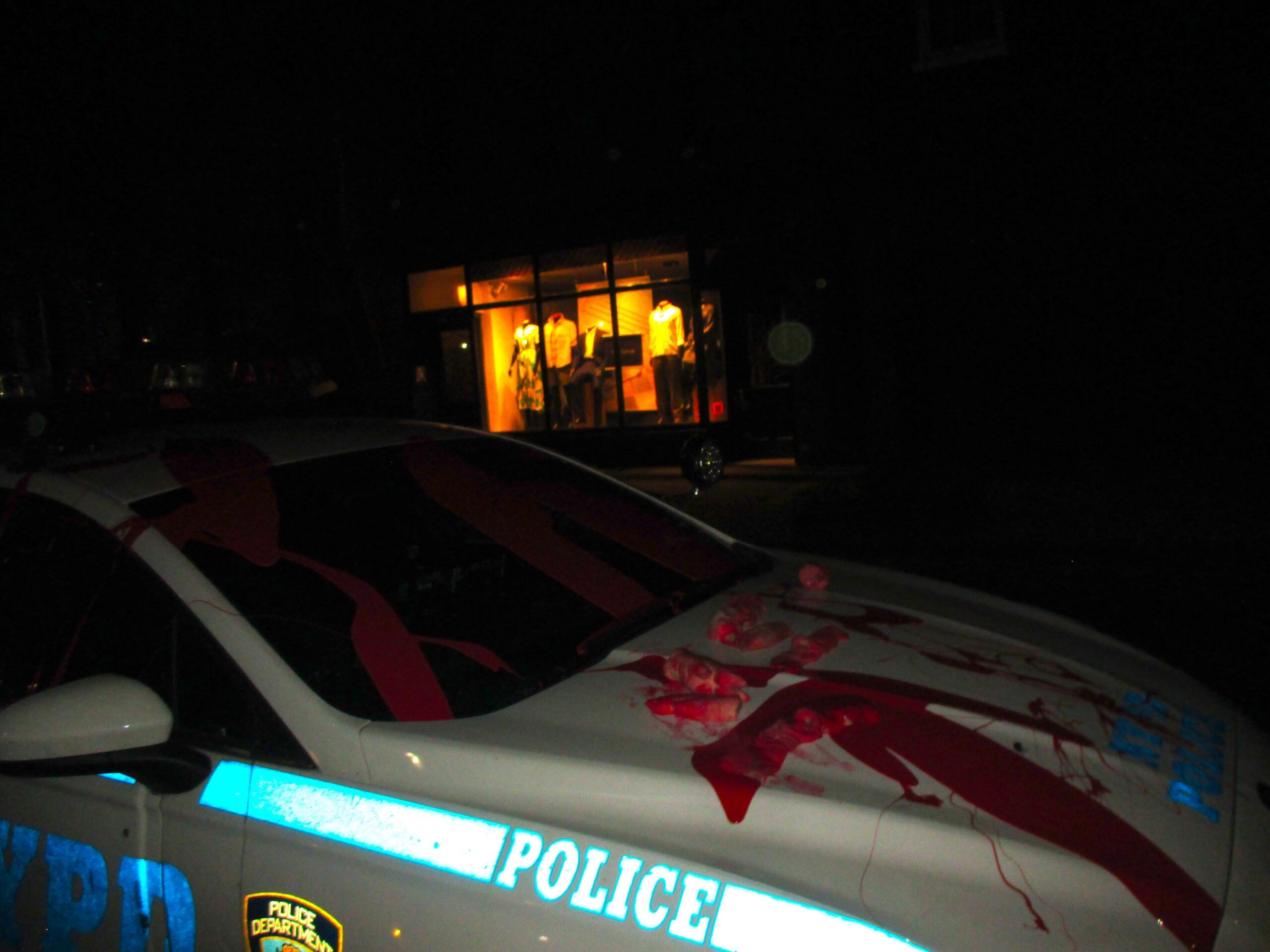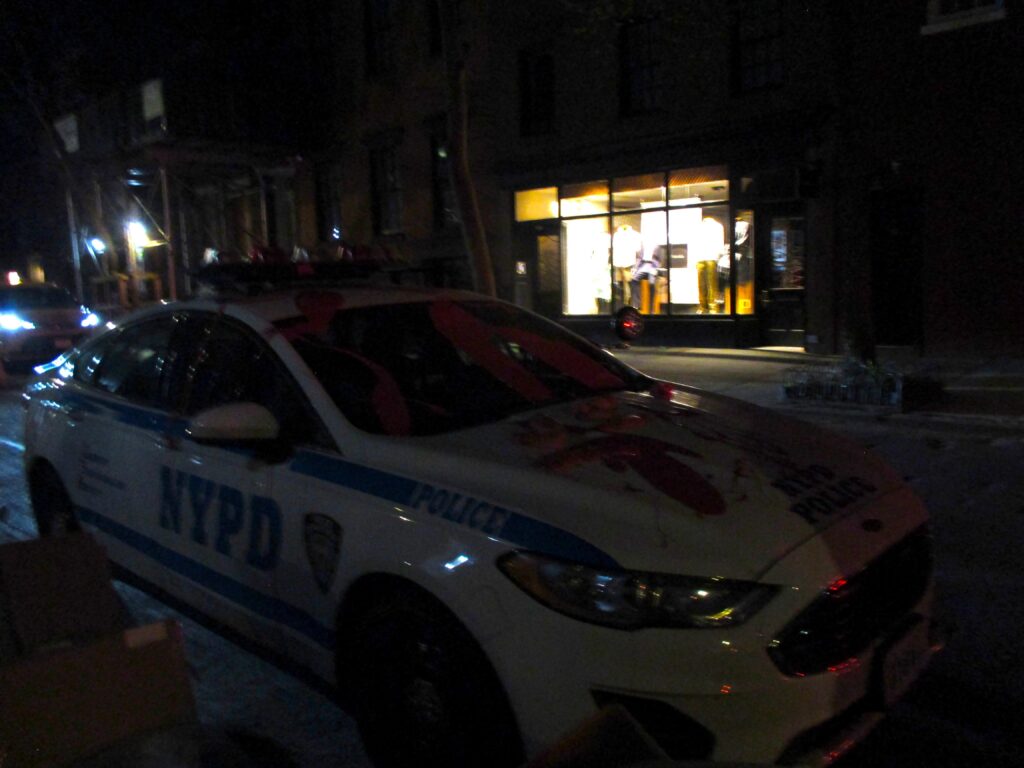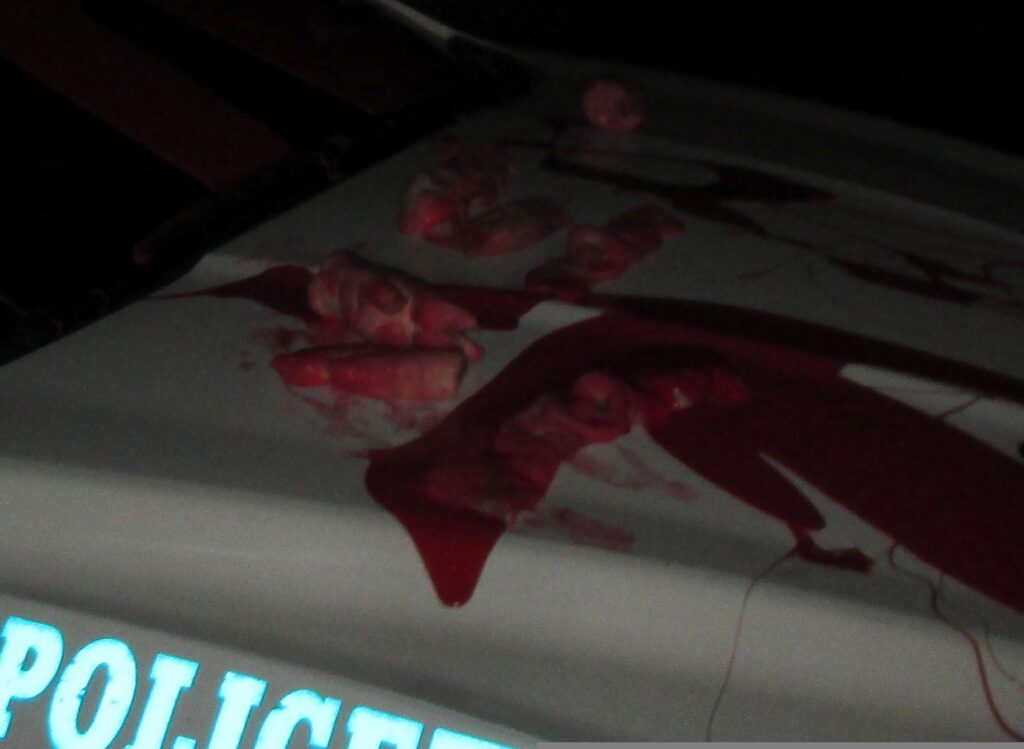Download PDF to print (front/back), cut in half, hand out:
For distribution at protests, festivals, sporting events, waiting rooms, cookouts, libraries, dining halls, courtrooms, traffic jams, emergency rooms, corner stores, public transportation, sideshows, recreation yards, or anywhere else you may encounter others who’ve had enough.
(Blackened/improved from a previous document shared early 2025.)
\\\\\\\\\\\\ FRONT & BACK TEXT BELOW \\\\\\\\\\\\
REMEMBER 2020, 1968, 1878, 1791 — WE CAN WIN
Thousands of years of kings, queens, emperors, presidents, & ministers demanding obedience. 500 years of crackers enslaving & colonizing this planet. 250 years of anglo/yankee domination.
Trump this, Musk that. Democrats, Republicans, Zionists, Confederates, Fascists, Conservatives, Liberals, Progressives. So many flavors of the same expired bullshit.
2020: Cops executed George Floyd. A police station was burnt down. For a brief moment, the world opened up.
1968: White power executed MLK. Black communities erupted into rebellion. For a brief moment, the world opened up.
1878: Indigenous peoples in the South Pacific rose up in arms against european colonizers attempting to exterminate their communities & hijack their homelands. For a moment, the world opened up.
1791: Enslaved Africans & their descendants began an uprising in the Caribbean, destroying property, profit, & slavery. For a long moment, the world opened up.
Whether a handful of friends or a massive crowd, we know that the footsoldiers of every regime can be defeated. The secret is to begin.
« In Memory Of Our Fallen; Let us turn their cities into funeral pyres.
In Memory Of Our Fighters; Let us honor your names with fire and gunpowder.
Peace By Piece
(A) »
NO JUSTICE, NO PEACE!
¡QUEREMOS UN MUNDO DONDE QUEPAN MUCHOS MUNDOS!
Look for those pushing and help them push harder.
Move together. Be water.
They can control a march of 10,000 — they can’t control 10 marches of 1000.
De-arrest. Don’t let people get grabbed.If they do, don’t let their cars or busses leave.
They only care about money, so causing monetary losses is your only vote.
On the inside, the demonstration is an organism of care and support.
On the outside, it is ferocious and uncontrollable.
Without their toys they are powerless.
No one is coming to save us.
Everything is at stake.
www.notrace.how
Submitted anonymously.




